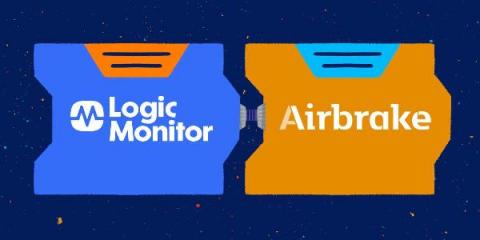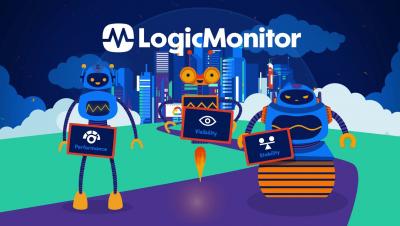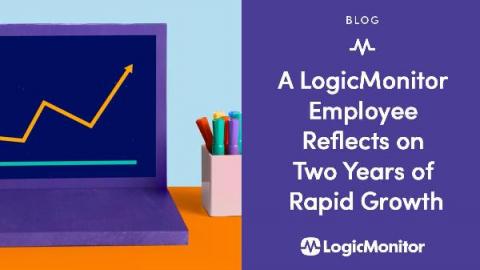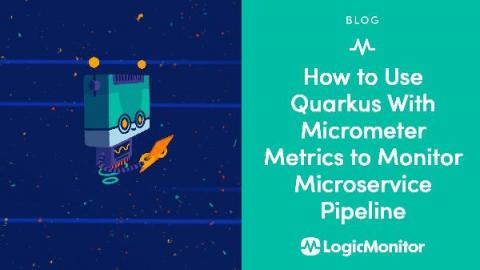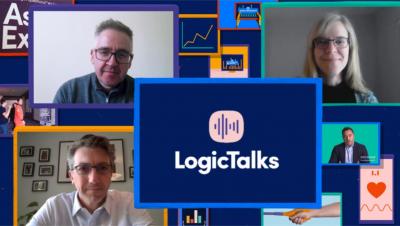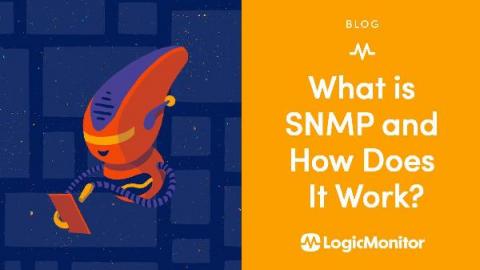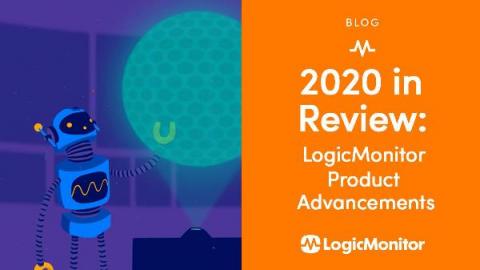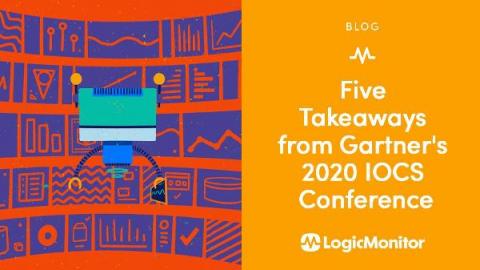LogicMonitor Welcomes Airbrake
“Today’s an exciting day for LogicMonitor. But before I share our news, I want to sincerely thank our customers for your business. The Covid-19 pandemic has been a terrible experience for the world, and yet we @ LogicMonitor are fortunate and thankful to be counted on every day by thousands of organizations. I — and our team of over 650 employees worldwide — are grateful for the chance to serve your organizations during these turbulent times”


